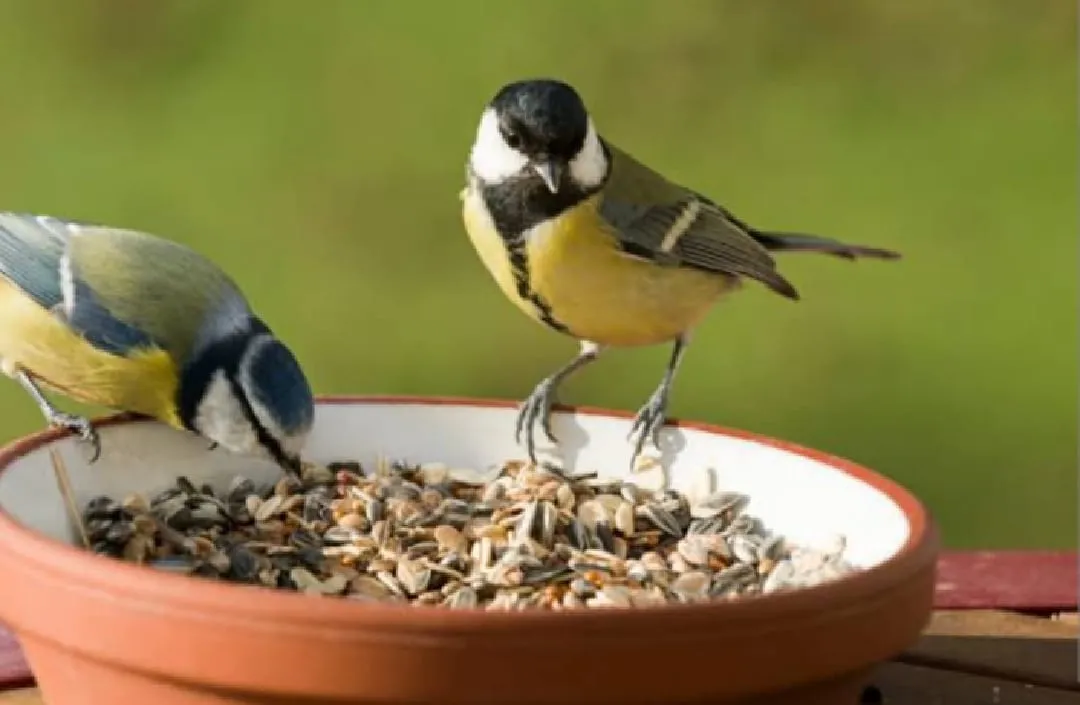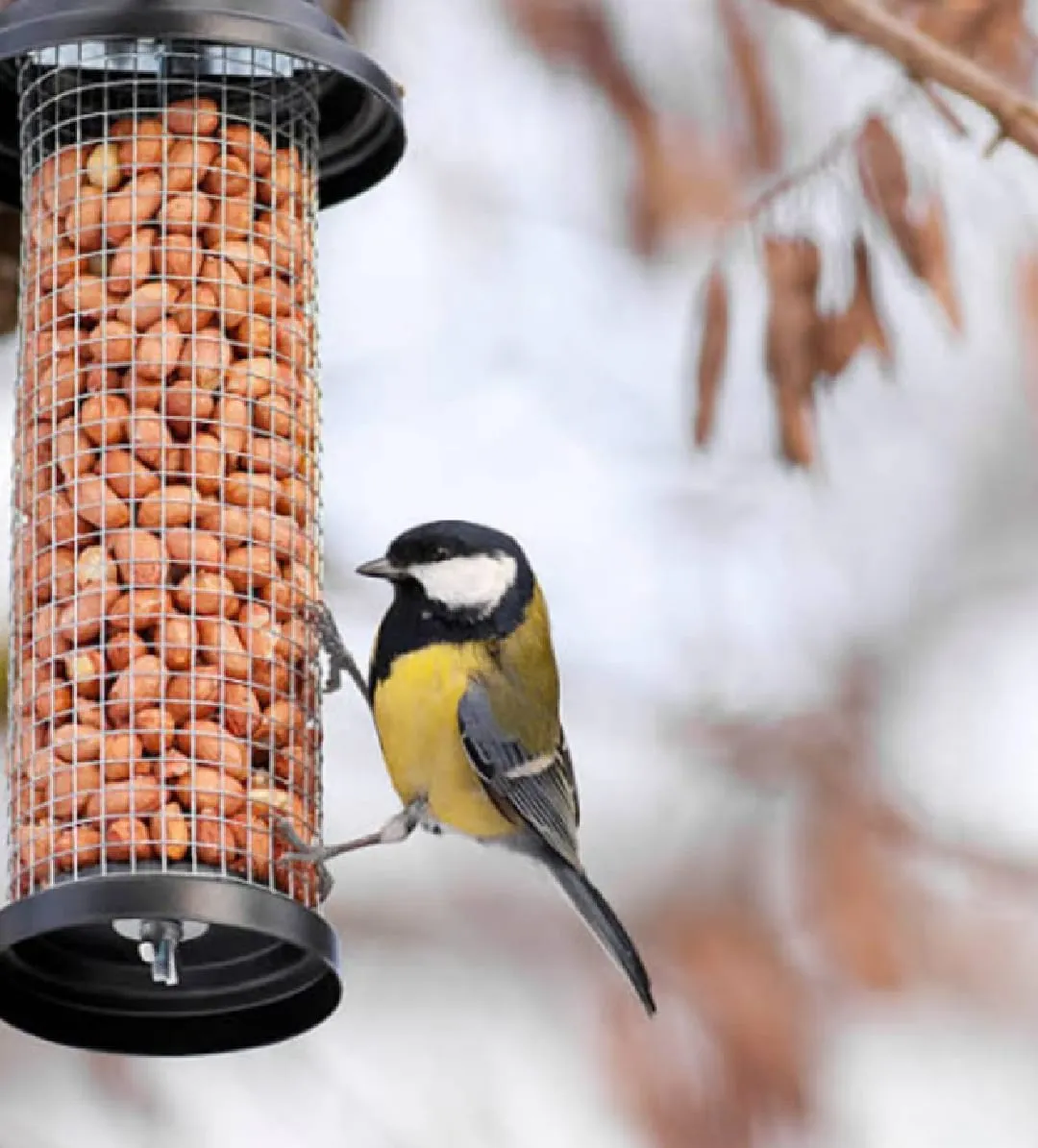ASSALAMUALAIKUM EVERYONE.😃
I hope you all are fit and fine so today share a birds feeding 🐦🕊️
FEATHERED FRIENDS-SHOW ME A PHOTO CONTEST ROUND 136

A bird's beak is a remarkable adaptation that varies greatly among different species, each suited to their specific ecological niche and dietary preferences. Beaks, also known as bills, serve various functions beyond just eating:
Beak shapes range from slender and pointed for probing insects, like the hummingbird's long, needle-like beak, to strong and hooked for tearing flesh, like that of eagles and hawks. Seed-eating birds, such as finches, possess short, sturdy beaks ideal for cracking seeds.
Pelicans have a large pouch-like beak to scoop up fish, while herons use their long, sharp beaks to spear aquatic prey.
Some birds, like woodpeckers, use their chisel-like beaks to drill into tree bark in search of insects or to establish territories by drumming on wood.
Male birds often use colorful beaks during courtship displays to attract females, such as the vibrant beaks of mandarin ducks.
Birds use their beaks to regulate body temperature by dissipating heat or conserving it, depending on the environment.

Certain birds, like crows and parrots, are known to use their beaks as tools for various purposes, including extracting food or creating nests.
a bird's beak is a versatile and crucial tool that plays a vital role in their survival, reproduction, and adaptation to their specific environments.
